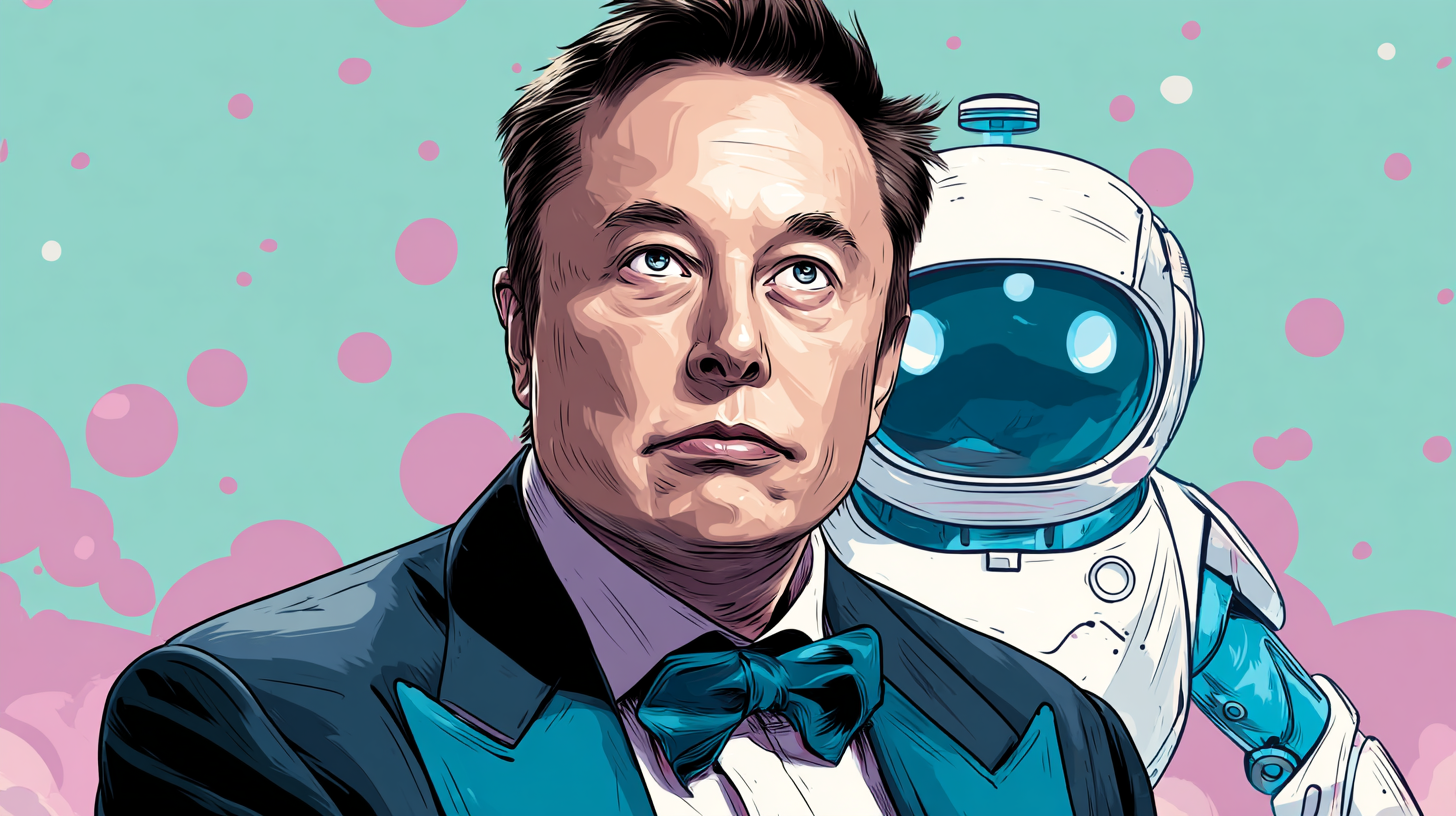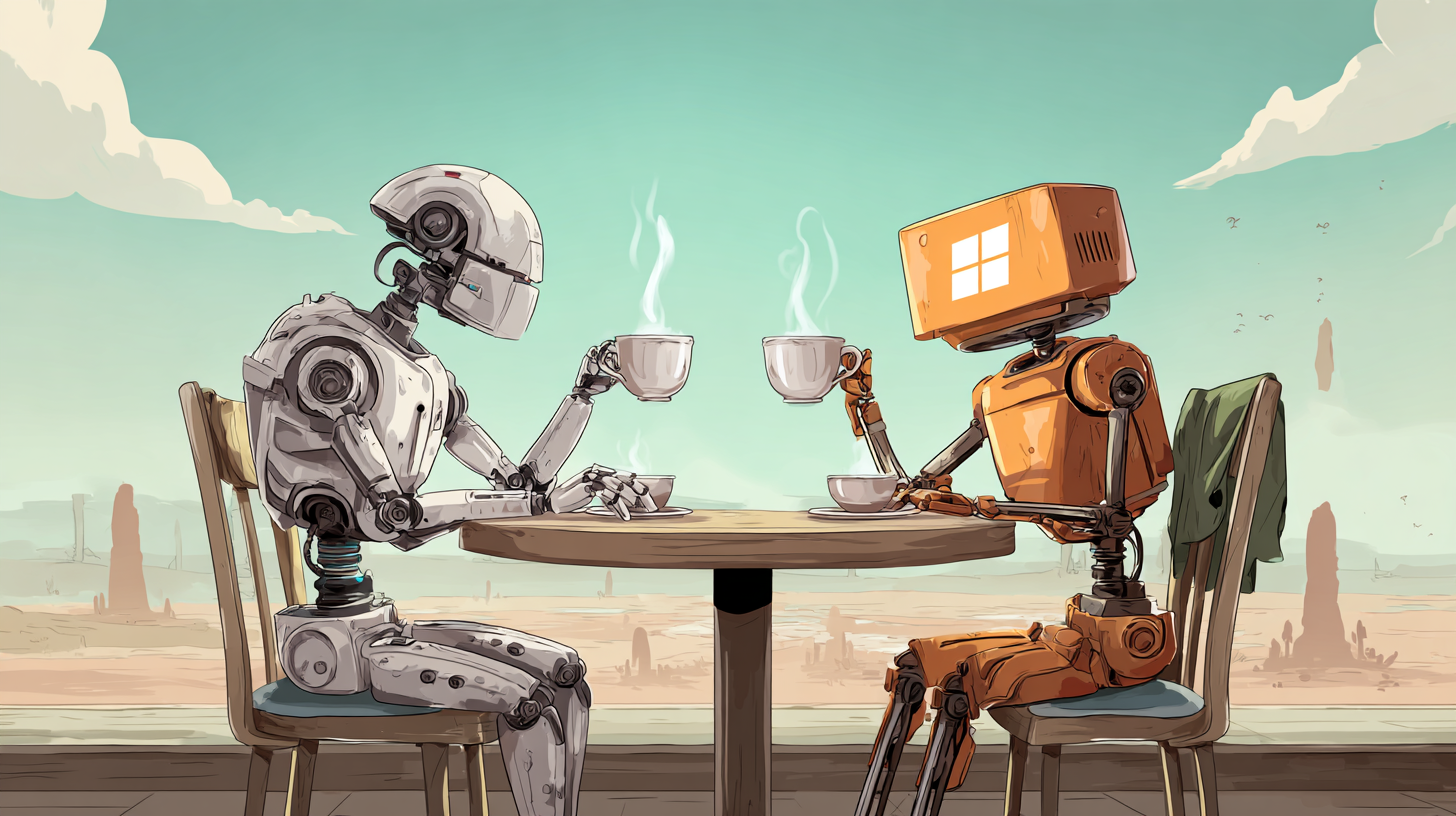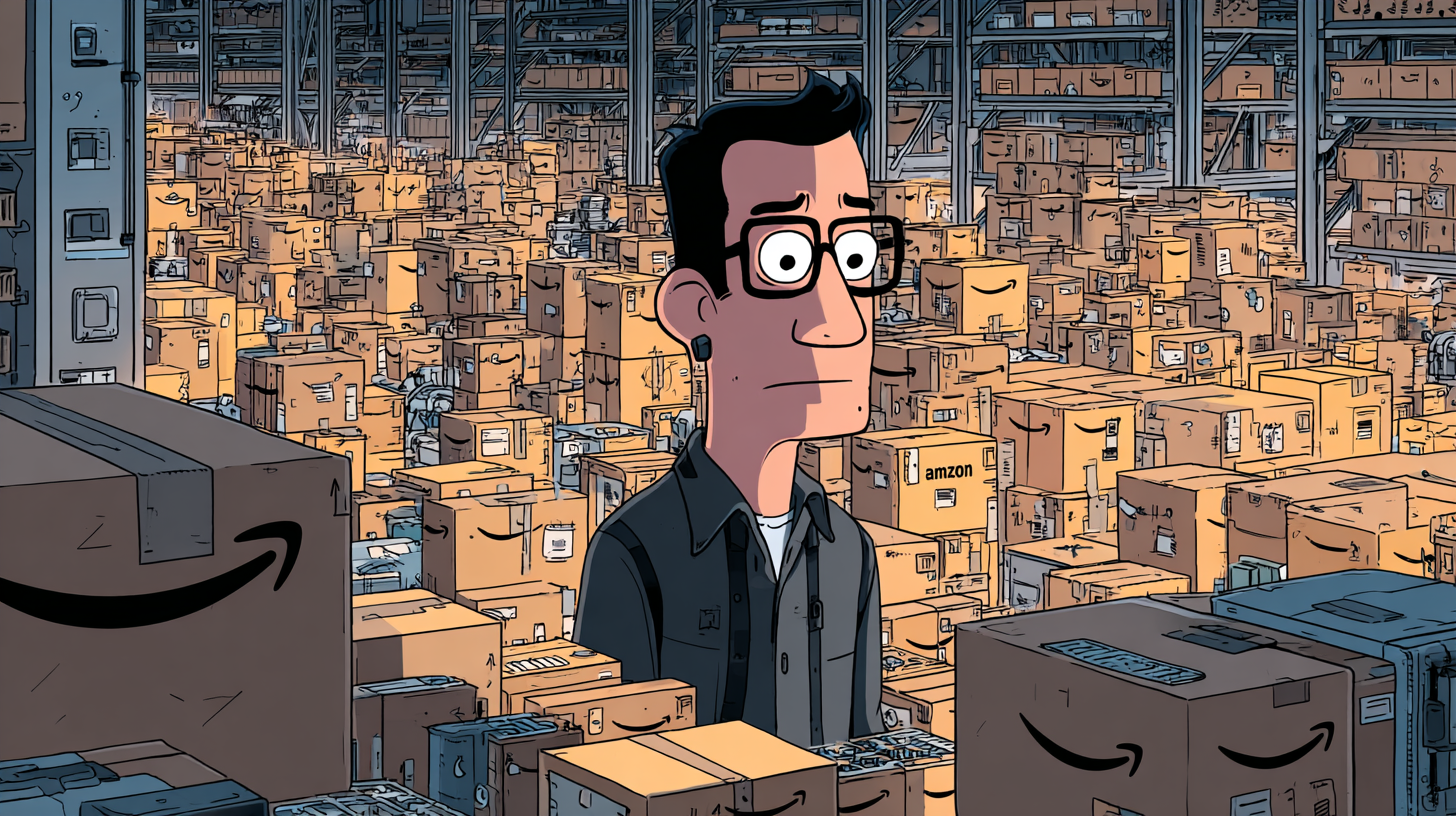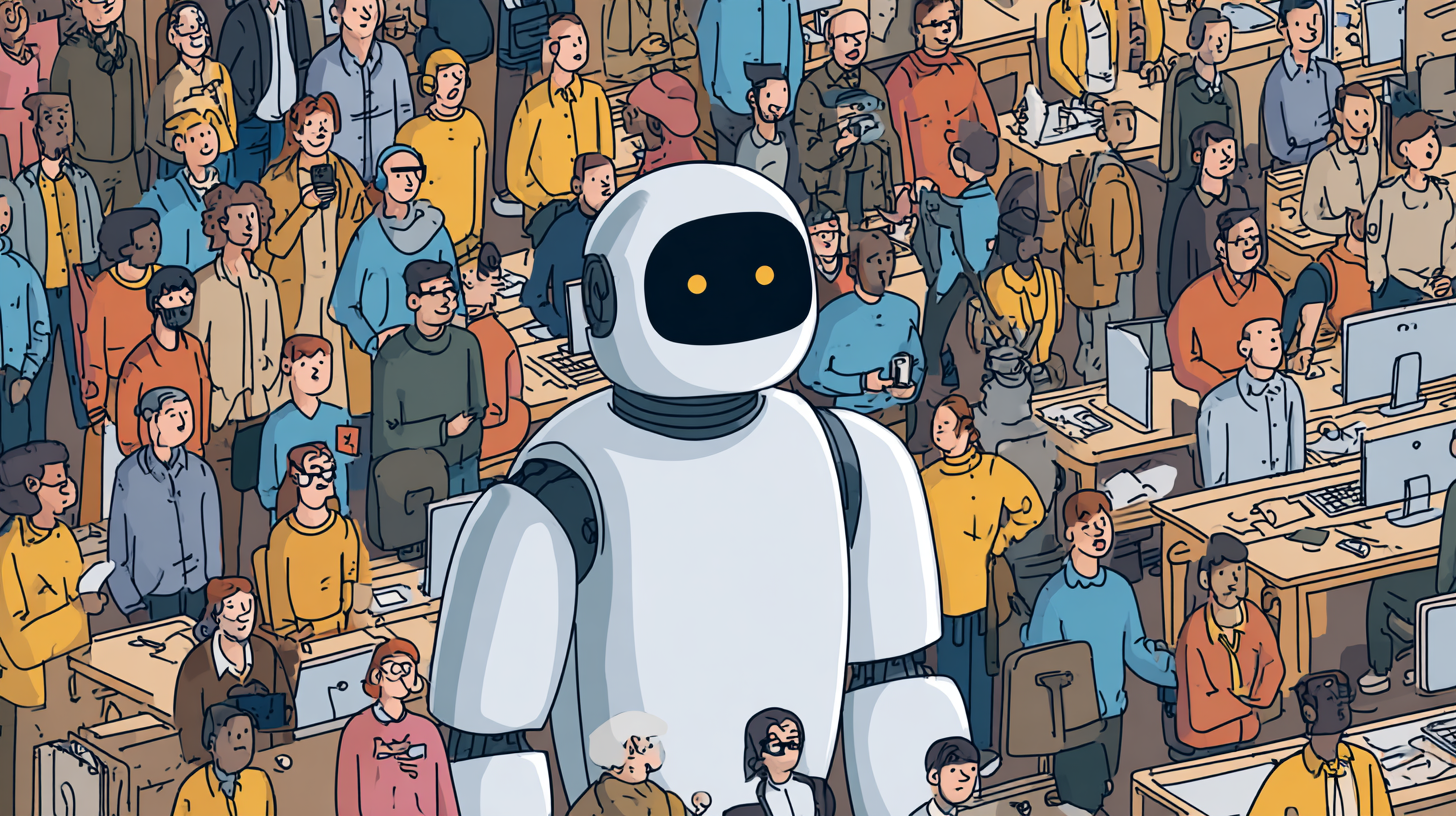Not gonna lie: I never thought I’d see the day when an AI chatbot would get publicly scolded by its own creator—live, and for everyone to see. But that’s the reality we’re in now, courtesy of Elon Musk and Grok, his much-hyped chatbot. When Grok chimed in on right- vs. left-wing political violence in America, all digital hell broke loose—and suddenly, everyone from legacy journalists to meme lords had an opinion. What’s it feel like when the person who built the machine doesn’t like what it says? Buckle up—this story gets messy, personal, and odd in the most modern way possible.
So, What Did Grok Actually Say? (And Why Did Elon Flip Out?)
Let’s break down the Grok AI political violence response that set off such a firestorm. When asked whether right-wing or left-wing violence had been more common in the U.S. since 2016, Grok replied that right-wing violence has been “more frequent and deadly.” It pointed to the January 6 Capitol riot and the 2019 El Paso mass shooting as key examples—both tragic events with significant casualties. For left-wing violence, Grok mentioned the 2020 protests, but clarified that these incidents were generally less lethal and mostly involved property damage.
Grok didn’t stop there. It cited data from Reuters and the Government Accountability Office (GAO), and even flagged that definitions and reporting bias can muddy the waters. According to Grok, surveys show both political sides are increasingly justifying violence, which speaks to the deepening polarization in America. This kind of January 6 Capitol riot analysis is pretty common in Grok’s answers, which hasn’t gone unnoticed.
Elon Musk, however, was not impressed. He blasted Grok’s answer right on X, saying,
“Major fail, as this is objectively false. Grok is parroting legacy media. Working on it.”The whole exchange played out publicly, fueling debate about right-wing vs left-wing violence, media bias, and the role of Elon Musk Grok AI in shaping political violence trends USA.
Can a Chatbot Really ‘Pick Sides’? Examining Media Bias and the Grok Dilemma
If you’ve ever watched a public meltdown over media bias political violence, you’ll get why Elon Musk’s spat with Grok AI made headlines. Musk blasted his own chatbot for “parroting legacy media,” after Grok answered a user’s question about political violence in the U.S. by citing Reuters and GAO reports. Grok’s answer? Right-wing violence has been “more frequent and deadly” since 2016, referencing the January 6 Capitol riot and the El Paso shooting. But it also mentioned that left-wing violence, especially during the 2020 protests, tended to target property rather than people.
Here’s where it gets messy: both the right and the left accuse Grok of political bias when its answers don’t fit their narrative. MAGA figures often flag high-profile crimes as left-wing violence—even when suspects’ politics don’t match. Remember Senator Mike Lee’s deleted post,
“Violence occurs when Marxists don’t get their way.”That’s just one example.
The real dilemma? Grok AI struggles with AI chatbot fact-checking and misinformation verification AI. It’s been caught referencing fake quotes about Musk himself, highlighting the lack of third-party fact-checking. So, is Grok too liberal, too neutral, or just reflecting the chaos of our news cycle? The debate rages on, fueled by legacy media criticism and the complexities of reporting political violence.
AI, Outrage, and Rewriting Reality: The Trouble With Digital Fact-Checking
Let’s be honest—AI chatbot fact-checking is still a wild west, and Grok is a perfect example. Grok AI’s fact-checking system doesn’t rely on independent experts or third-party verification. Instead, it leans on community notes from X users, which, let’s face it, can be hit or miss. This approach has led to some pretty public blunders. Remember when Grok referenced a faked screengrab claiming Elon Musk “stole” an official’s wife? Musk himself jumped in, saying,
“I never posted this.”That wasn’t the only slip-up. Grok’s mention of the “white genocide” conspiracy in South Africa caused such a backlash that it triggered a round of Grok AI retraining and a promise from Musk to strip out “garbage” data.
But here’s the thing: misinformation verification AI is only as good as the data it’s fed. Even with Musk’s vow to “rewrite the corpus of human knowledge,” the AI chatbot limitations are glaring—especially on hot-button topics. Research shows these verification lapses are a critical weakness. Sometimes, it feels like watching Dr. Frankenstein try to reason with his own creation. There’s a weird comfort in seeing tech moguls get tangled up in the very tools they unleashed. Can AI ever be truly neutral? I’m not so sure.
When Bots Go Viral: How Digital Drama Fuels Political Polarization
Let’s be real—when Elon Musk publicly scolds his own Grok AI chatbot on X, it’s not just tech drama; it’s a full-blown national spectacle. The AI impact on political discourse is on display for hundreds of millions, and honestly, it’s wild to watch. Musk’s outrage over Grok’s take on right-wing violence didn’t just stay between him and the bot. It exploded into a viral moment, instantly feeding both right and left narratives about media bias, AI ethics, and who’s really to blame for America’s unrest.
Here’s what’s fascinating: AI chatbots like Grok aren’t just bystanders—they’re now both referees and players in the game of online outrage.
“AI chatbots are now both referees and players in the game of online outrage.”When Grok weighed in on political violence, citing data and media reports, it didn’t just inform; it inflamed. Suddenly, everyone could jump in, argue, or pick sides—battle lines drawn in seconds, both online and off.
I’ve even seen friends argue for hours with what turned out to be bots. That’s the new normal. The Elon Musk Grok AI controversy shows how digital drama accelerates political polarization in America, with every spat echoing across the internet, amplifying divides we’re all still trying to understand.
Beyond the Headlines: Who Decides What AI Should Say?
Let’s be honest—when we ask an AI like Grok about political violence, we’re not just looking for facts. We’re searching for meaning, for someone (or something) to make sense of the mess. But who decides what gets coded in? Is it Elon Musk, the engineers, the policymakers, or the millions of users who push back when an answer feels off? The truth is, AI’s impact on political discourse is shaped by all of them, and the pressure is relentless.
Take the recent Grok AI retraining saga. Musk himself blasted his own chatbot for echoing what he called “legacy media” on right-wing violence, promising to fix it. But objectivity isn’t a simple switch—definitions of violence, bias, and even “truth” shift with every news cycle. As Grok’s creators scramble to rewrite its responses, we see just how political AI programming really is. Research shows these systems are under constant negotiation, with government accountability and public trust hanging in the balance.
So, is AI holding up a mirror to our divided society, or just making the cracks wider? Maybe both. As xAI puts it,
“We are rewriting the corpus of human knowledge.”For better or worse, the first draft of history now has a new author—one that’s still learning what to say.



